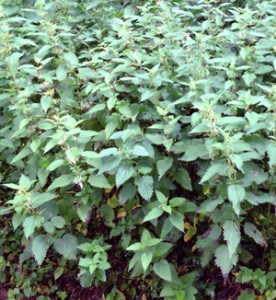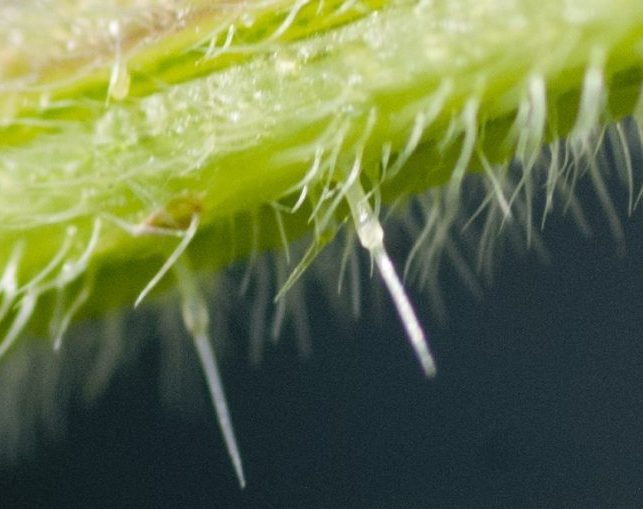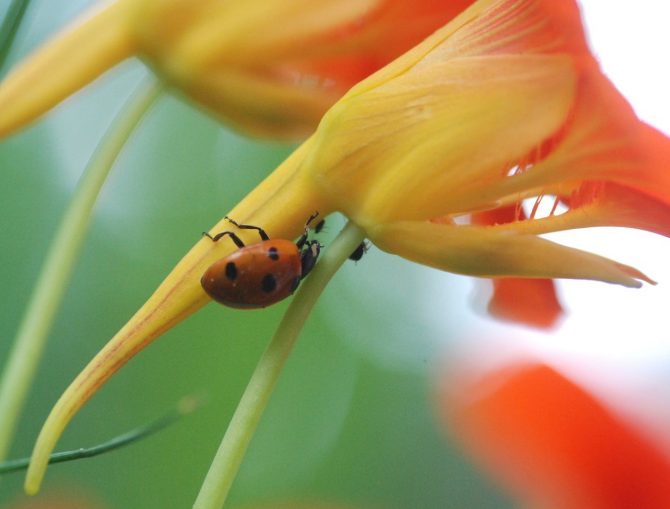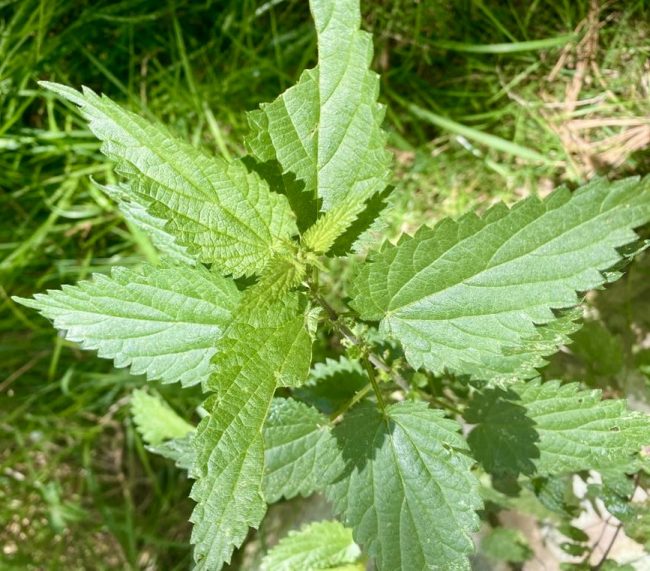The stinging nettle, a woodland and urban plant.

Stinging nettles grow in a wide range of natural habitats, river banks, swamps, meadows, wastelands, floodplains, disturbed areas and gardens. They are are particularly effective colonisers of disturbed, bare or ‘waste’ ground. They flourish in nitrogen-rich soils. Their seeds can lie dormant in the soil for some five years (and can even survive soaking in salty water), plus they spread using their underground rhizomes.
Nettles may not be the most friendly plants to us, as their leaves and stems are ‘armed’ with special ‘hairs’. The hair-like structures are termed trichomes and each trichome has a hollow tube-like structure. At the bottom of the tube is a swollen base, which is filled with a number of chemicals, (including histamine, serotonin, formic acid and acetylcholine). The tip of the tube is easily broken, leaving a sharp point that can penetrate the skin and deliver the ‘biochemical cocktail’.

Trichomes - loaded with their chemical 'cocktail'
[NB: there is a video on YouTube that shows this mechanism here.]
This collection of chemicals gives the characteristic rash/inflammation of a nettle sting. Nettles may be found near to dock leaves which, if crushed and rubbed where you have been stung by the nettle, may take away some of the pain. More detailed information on the chemistry of the 'chemicals' in the nettles can be found here. The hairs / trichomes probably evolved as a defence mechanism to limit grazing by sheep, deer or rabbits.
Despite their ‘weaponised hairs’, nettles are in fact very good for wildlife, particularly in urban / sub-urban areas. This is also true in areas under intensive farming practices. The spread of farming, urban sprawl, habitat fragmentation and pollution have all contributed to the loss of natural habitats (for plants and animals), and that’s without mentioning climate change. Stinging nettles are the food plant for the caterpillars of comma, painted lady, peacock, red admiral and small tortoiseshell butterflies. The presence of nettles in our gardens and urban areas has allowed these butterflies in.
And it’s not just butterflies that rely on nettles. For example, ladybirds often lay eggs on nettle leaves. This insect might be termed a “gardener’s friend” as it has a voracious appetite for aphids - greenflies and blackflies that suck the sap from plants, ravage the vegetables in our gardens / allotments, Some aphids spread plant viruses, for example, virus yellows on sugar beet. Having nettles in our gardens and near farms give ladybirds and other insects somewhere to shelter, ready to feast when the aphid population rises. Aphid populations can rise very quickly as females give birth to live young, without fertilisation.

Nettles can be used to make tea, soup, flavour beer, wrap cheese (Cornish yarg) or make cloth. Using nettle fibres to make fabric / clothing is a very old practice, dating back to the Bronze Age. Nettles can also be used to dye fabric

stinging nettle
Comments are closed for this post.

I love my nettles and am visited by all the creatures mentioned. I also eat nettles. I have arthritis in both thumbs and wrists and my left shoulder so I sting with nettles as a topical anti inflammatory which allows me to be pain free for weeks after. Taking anti inflammatory medications internally often causes ulcerated colon.
Jean Noble
20 July, 2024